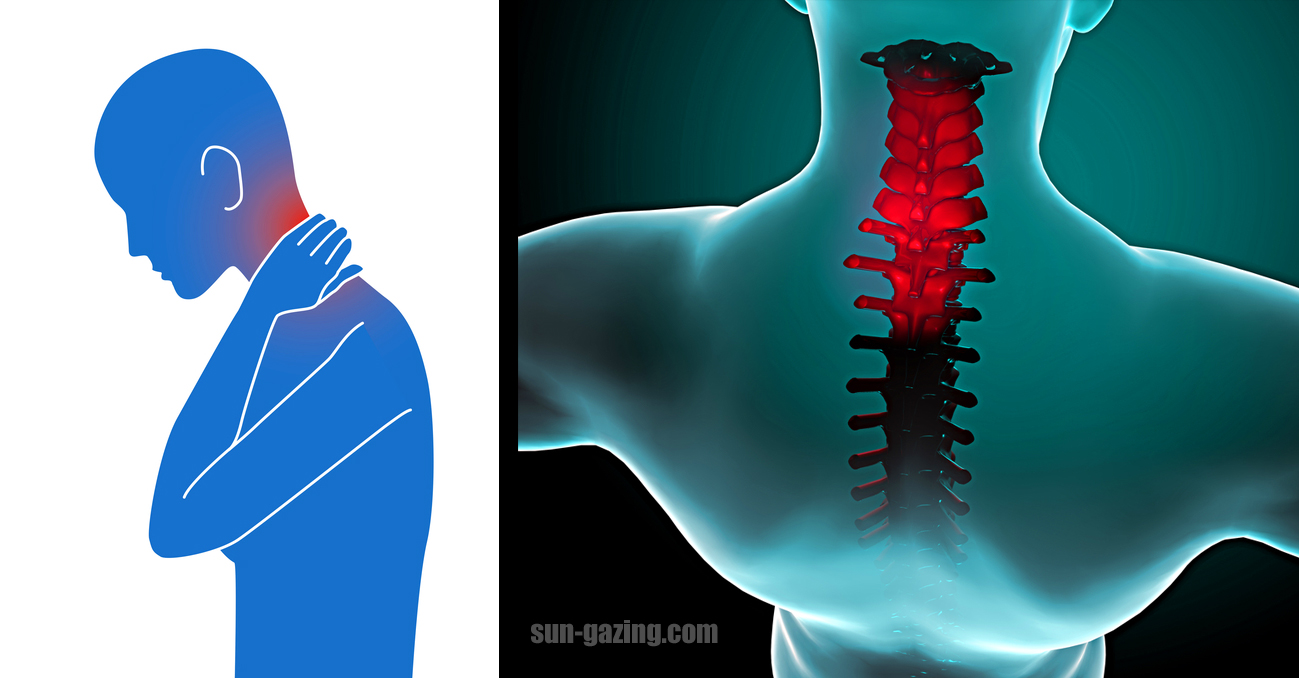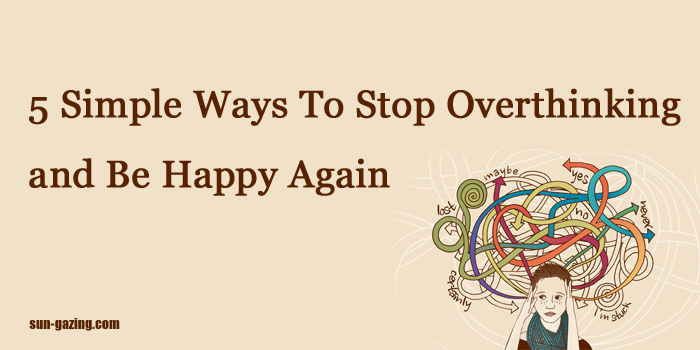If You Put Your Tongue On Your Palate Before Bed and Start Breathing THIS Happens To Your Body!

Sometimes it’s the simple things that can make the biggest differences in our lives and health. Whether that means eating all-natural and organic foods or drinking plenty of water, it often turns out that the more basic the better it is for our bodies. The same goes for getting a good night’s rest, you want to be able to fall asleep quickly and naturally get the recommended amount of sleep each night!
For some people, falling asleep is not so simple and straightforward. They lay their head on the pillow and hours later are still wide awake, tossing and turning, trying to silently ease their minds in the hopes of passing out. If you’re one of the millions of Americans who fails to get enough sleep each night then you know how dreadful bedtime can be. Many people turn to sleeping pills, melatonin, alcohol, warm baths or milk in the hope that it will lead to a better night’s sleep. Sometimes they work, but only temporarily, and most simply fail to produce the desired effects. However, many people have yet to try one of most basic and easiest alternatives to help them fall asleep naturally.
The tried and true method is known as the “4-7-8” breathing technique. People all over the world swear by it and claim that they’re able to fall asleep faster when they use it. The technique was popularized by a world renowned expert on holistic health, Dr. Andrew Weil, who also happens to be a pioneer in the field of integrative medicine. The “4-7-8” breathing exercise can be done anytime, anywhere, anyplace and is incredibly simple. Here’s how to do it:
1. Place the tip of your tongue against the roof of your mouth. You want it to be right against the area of tissue that’s located just behind your upper front teeth. It should also stay there all throughout this entire exercise.
2. Exhale all the way out and completely through your mouth, expelling the air with a whoosh sound.
3. Close your mouth and without making any noise inhale through your nose for a count of four.
4. Hold your breath for a count of seven seconds
5. Exhale completely through your mouth, again making a whoosh sound, for a count of eight seconds
The steps above should have all been one complete breathe cycle with the exhalation part having taken you twice as long as the inhalation portion. Repeat the process for three more cycles and thus a total of four breaths. Make sure that you exhale at all times through your mouth and some people have found that it can also help if you try pursing your lips ever so slightly. You should try to practice it ideally 2x a day and it also works to relieve tension, stress, upsetting events, and when you’re trying to fall asleep.
Anyone and everyone can benefit from this measured breathing technique because it makes you mindful and your focus is on your breathing instead of the stress or thoughts that keep you up night after night. Dr. Weil aptly describes this breathing exercise as a “natural tranquilizer for the nervous system” and he’s correct, it relaxes your mind and body and with repeated practice it becomes stronger and more effective.
Check out the video for more on the benefits of the 4-7-8 breathing technique straight from the expert himself, Dr. Weil, and see if this simple trick can help you get a better and more restful nights sleep. If that’s even a remote possibility, then you definitely don’t want to pass this information by!
Please Share This Incredible Sleep Technique With Family and Friends 🙂
If You Have Neck Pain Or a Stiff Neck This Simple Trick Will Give You Instant Relief In Only 90 Seconds
Pain is a part of everyone’s life, it’s our bodies way of letting us know that we are either hurt and something is wrong, or we are healing. Aches and stiffness are inescapable and while most of the time it’s not too serious, there are some types of pain that can wreak havoc on both your mobility and your sanity!
Neck pain is that type of pain. Not only is it very common, it’s also on the rise. Lots of people develop severe neck pain overnight by sleeping in an odd position. If you’ve ever experienced this before then you know exactly how achy and terrible it feels upon waking. You can barely turn your neck to the side, instead you have to turn your whole upper body. The resulting limited mobility makes everything from driving and switching lanes safely to greeting people ten times more difficult, all because you unwittingly slept wrong.
Another huge reason why so many of us have neck pain is our use of technology. Between the ever expanding use of cell phones and computers at work and home, we’re constantly staring down at our devices and looking at screens. On average, a person spends around 2-4 hours a day crooked over looking down at their personal devices. Young adults spend much more time than that, often logging hours at a time in just one sitting.
As for neck pain, the root cause of it often comes down to a shortening of the muscle. This usually happens when we’re completely oblivious and unaware of the fact that we have twisted our neck in an unnatural way. The resulting strain ends up shortening the neck muscle and when this occurs it bothers the nerve, aggravating it greatly, which in turn causes us pain. That’s what makes moving our necks difficult, especially turning to the side.
Whether your neck pain stems from craning it at a screen or sleeping oddly, there are some things you can do to alleviate the soreness and aching. In the accompanying video Dr. Mandell shows you exactly how to target, stretch, and massage away built up tension in the neck. The technique he uses is called cross fiber massage and if you watch his demonstration and listen as he explains what to do, then you can try it on yourself. It’s super easy and informative, so if you ever find yourself suffering from a stiff neck, the 90 second trick shown here can help bring you instant relief.
For anyone reading this and others who may be concerned about neck pain stemming from cell and laptop use, there are some additional things that can be incorporated into your everyday routine to help you avoid it. First, it’s always important to sit up straight. This means stop looking down at phones and devices! Instead, you want to hold your phone up higher so that it’s right in front of your face and level with your eyes. There’s an app available that helps people remember to elevate their phones, it simply blinks a red light which warns you to raise your phone higher. Also, aim to stand up more often throughout the day. Get in a good stretch every hour, roll your shoulders, take a walk, and move around. Simply being conscious and aware of the things you are doing, and not doing, and for how long can help you avoid neck strain and pain and all of the uncomfortable aches and issues that accompanies it.
Please SHARE This Simple Trick With Family and Friends 🙂
5 Simple Ways To Stop Overthinking and Be Happy Again
Many famous figures throughout time and history have said all manner of things about thinking. One of the smartest minds to ever live, Albert Einstein, once said “We cannot solve our problems with the same thinking we used when we created them.” He was saying that we need to change our approach and our thoughts in order to work through life’s troubles. Years later, the immensely spectacular actor Bruce Lee said “If you spend too much time thinking about a thing, you’ll never get it done.” His lesson was simple, stop thinking so much and get busy, just do what you need to do!
All these wise words to live by are sage advice and all, but if you happen to be an over-thinker then you know how seemingly impossible it can be to zone yourself out. Thinking too much leads to worrying, which leads to stress, and if you can’t stop thinking, the cycle is never ending. While we all reflect on the past and speculate about the future every now and then, constantly thinking about it 24/7 is not normal and definitely not healthy. Chronic worriers often end up depressed and anxious, they become obsessive, and many people find their negativity off putting to be around.
If you ever find yourself spiraling down into a black hole of endless thoughts that are leading you nowhere, try the following ways to put an end to it and stop yourself from over thinking:
1) Focus on Your Breathing- When you catch yourself getting stuck in your thoughts and worrying about all of the things that are bothering you or the long list of stuff you have to get done, stop and take a breather! Shift your focus to your breathing by taking measured breaths in and out. Try inhaling for a count of four seconds through your nose, then exhale through your mouth for another four seconds. Continue doing this for at least a couple of minutes in order to really help your body and mind slow down and relax. You can change up the amount of time for each breathe cycle you take of you wish, the key is to find something that works comfortably for you. Breathing evenly and in a controlled manner like this ups the amount of carbon dioxide in your blood, leading to less obsessive thoughts and more calmness.
2) Be Mindful and Self-Aware- Again, when you find that your mind is working overtime and your thoughts are jumbled, make a conscious effort to switch it into a lower gear. Acknowledge the fact that you’re over thinking, then try your best to move on. Take a look around and focus on the here and now. Living in the present makes you more present. Try meditating, do a crossword or soduku puzzle, reach for a coloring book, just try something simple and different, that can be done quickly and keep your mind occupied.
3) Quit Talking So Much!- If you tend to air your worries and like to talk to other people about all your problems and whatever it is that’s stressing you, stop! Oftentimes this just exacerbates the problems and nothing ever really gets solved. Also, other people will expect you to listen to their grievances and all this does is multiply the negativity. Keep your problems to yourself and write them down instead. Seeing them on paper puts them into perspective and while it sounds kind of lame, it also gets them out of your head. It gives you a sense of “now I’m free to move on and can get back to them later when I’m ready to actually deal with them.”
4) Stay Active and Keep Busy All Day Long- Do something physical and get moving. You can do anything and whatever it is that you’d like. Take a walk, go for a hike, play a game or cards, cook dinner, play fetch with your dog, do some gardening, clean that closet you’ve been putting off for months, paint a picture, wash your car, there’s always something that you can do. If you’re a procrastinator, make a conscious effort to do one thing a day that you’d normally put off until the last minute. Procrastination, worrying, and over thinking go hand in hand, so get moving, run all your errands, and get stuff done sooner than later!
5) Focus on Solving Problems and Moving on- Instead of worrying about problems that are out of your control and mistakes that already happened, look ahead at ways to minimize any harm done. Learn from whatever it is that you go through and use the experiences to make yourself a better person. Learn and grow from life’s trials and tribulations, don’t get stuck on one page or distracted by what could’ve been or should’ve been. Rather, work your way through it and come out a stronger, mentally tough, and prepared person. After all, history repeats itself and when it does, you’ll already have a solution filed away to deal with it.
Please SHARE This With Family and Friends






